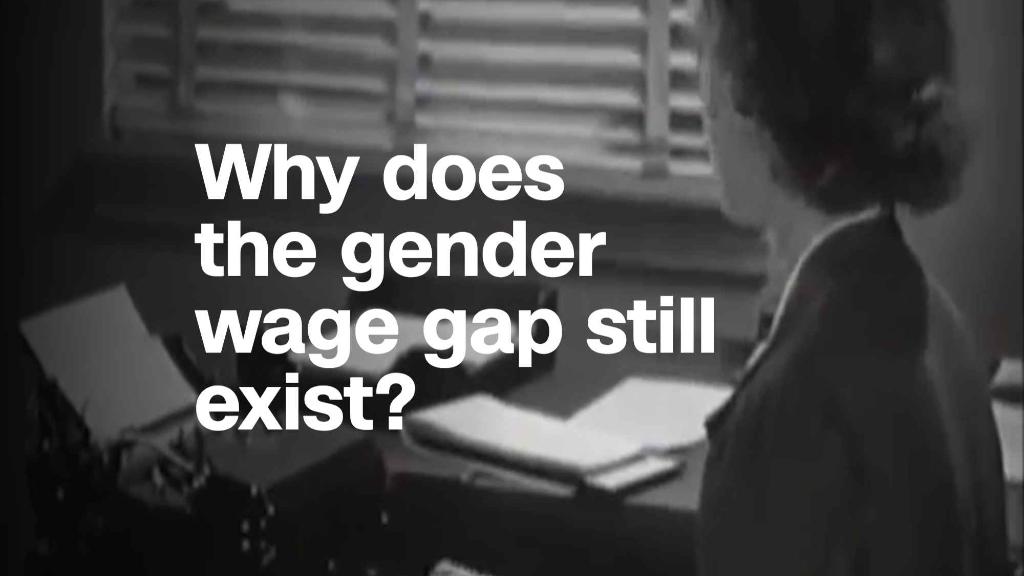
You're probably familiar with the wage gap.
The average woman earns 80 cents for every dollar a man makes, with women of color making even less.
But the wage gap isn't just limited to the workplace. It could start as early as grade school.
The average boy earned $13.80 as weekly allowance, according to 2018 data from BusyKid, a chores and allowance app. But girls earned a mere $6.71, less than half of what parents gave boys.
Parents may not intentionally be paying their kids differently based on gender, says BusyKid CEO Gregg Murset. But regardless of intention, it's happening.
Related: How to keep your kids from being ignorant with money
Part of this gap may come from de facto occupational segregation, the term academics use to describe how society views some labor as "men's work" (things like mowing the lawn or washing the car) and other jobs as "women's work" (chores like cleaning, babysitting or other domestic work).
"There's a difference when it comes to the types of chores that boys and girls typically do. Let's say cleaning the bathroom versus mowing the lawn," Murset says. "Harder jobs typically require a little bit more pay. If you're going to mow a lawn for three hours, that's a beast, a tough job. Maybe us as parents are giving our girls chores in the house that don't take two or three hours outside, and there's a difference in the pay scale."
This gap persists into young adulthood, when boys graduate from yard work to clock-in jobs in retail or restaurants, according to Yasemin Besen-Cassino, sociology professor at Montclair State University and author of "The Cost of Being a Girl."
Meanwhile, girls stayed behind, still babysitting, cleaning or picking up other odd jobs.
Related: The gender pay gap isn't just about what you make. It's about what you do.
Even when comparing boy babysitters to girl babysitters, Besen-Cassino noticed how boys earned more money because they were seen as "older brother figures." Parents saw girls, on the other hand, as natural caretakers who weren't providing as valuable a service.
But parents didn't only pay the boys more, they also respected their time more. Girls were often asked to stay later or do extra chores while taking care of children, Besen-Cassino said. While many of the teen girls she interviewed knew they should ask for more money, they already worried about offending the family or losing the job.
"We put this extra pressure on girls, especially the ones who do care work, that money is in opposition to care," Besen-Cassino said. "That would translate to chores as well, that they would be seen as not helping the family. The minute something is monetized for women, it's seen as not loving and caring and being a team player."
But recognizing the difference in allowances and chores opens up a necessary conversation about money, Murset says.
"This is a really great opportunity for parents to start thinking about what they're doing and what message they're sending," he says. "This is a perfect conversation starter for parents who might be looking for ways to discuss their whole financial world with their kids — especially girls, frankly."
